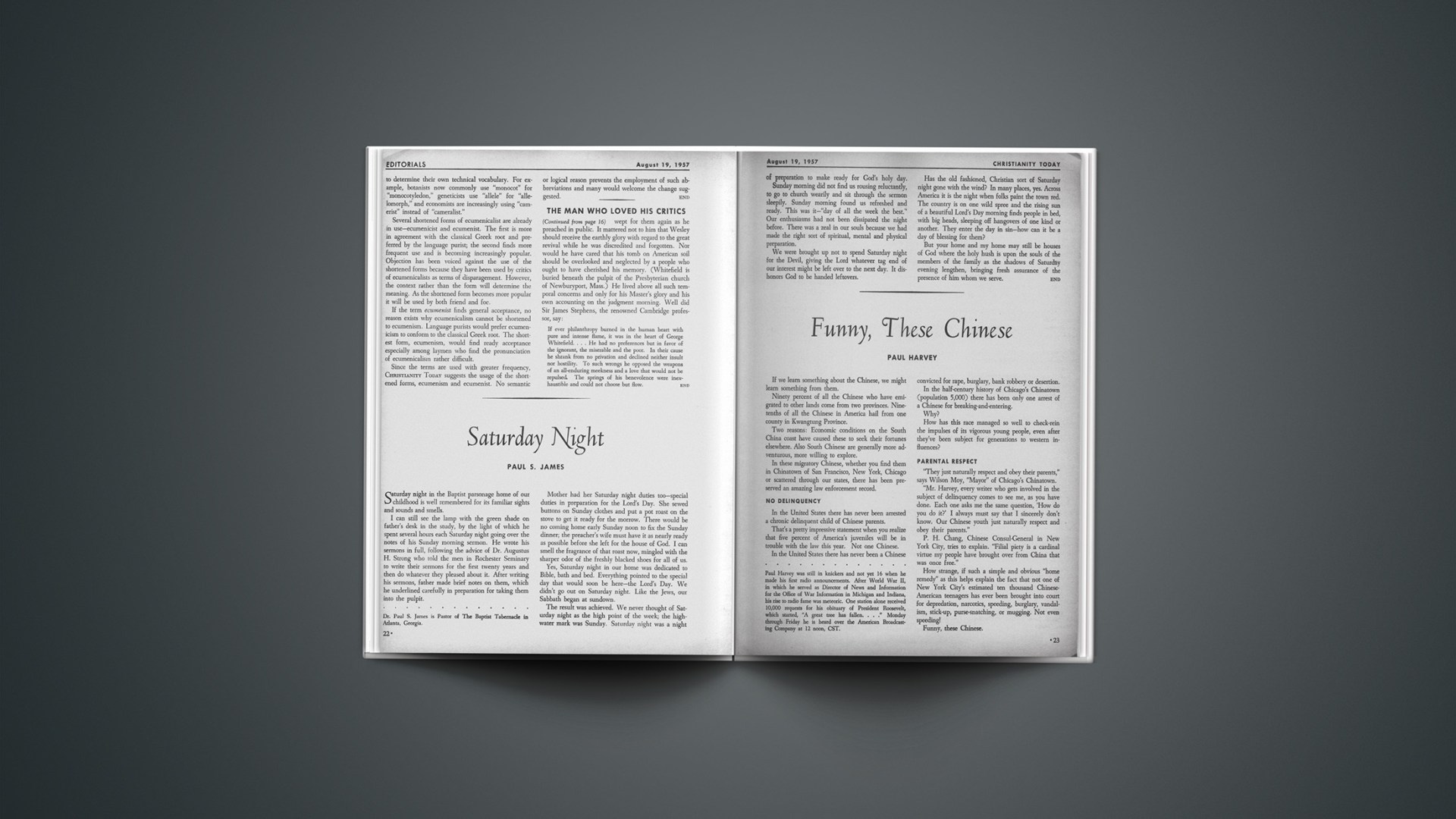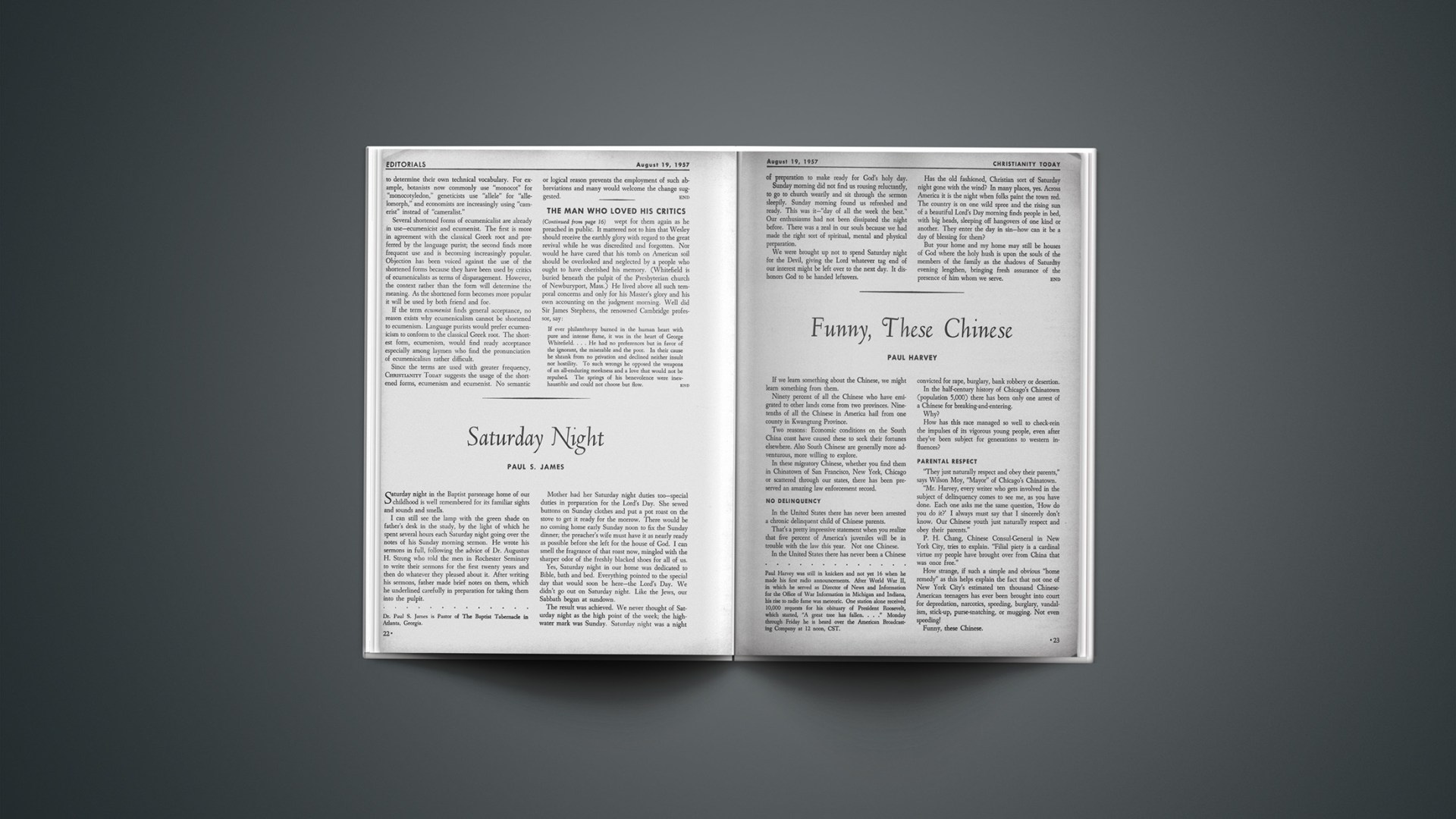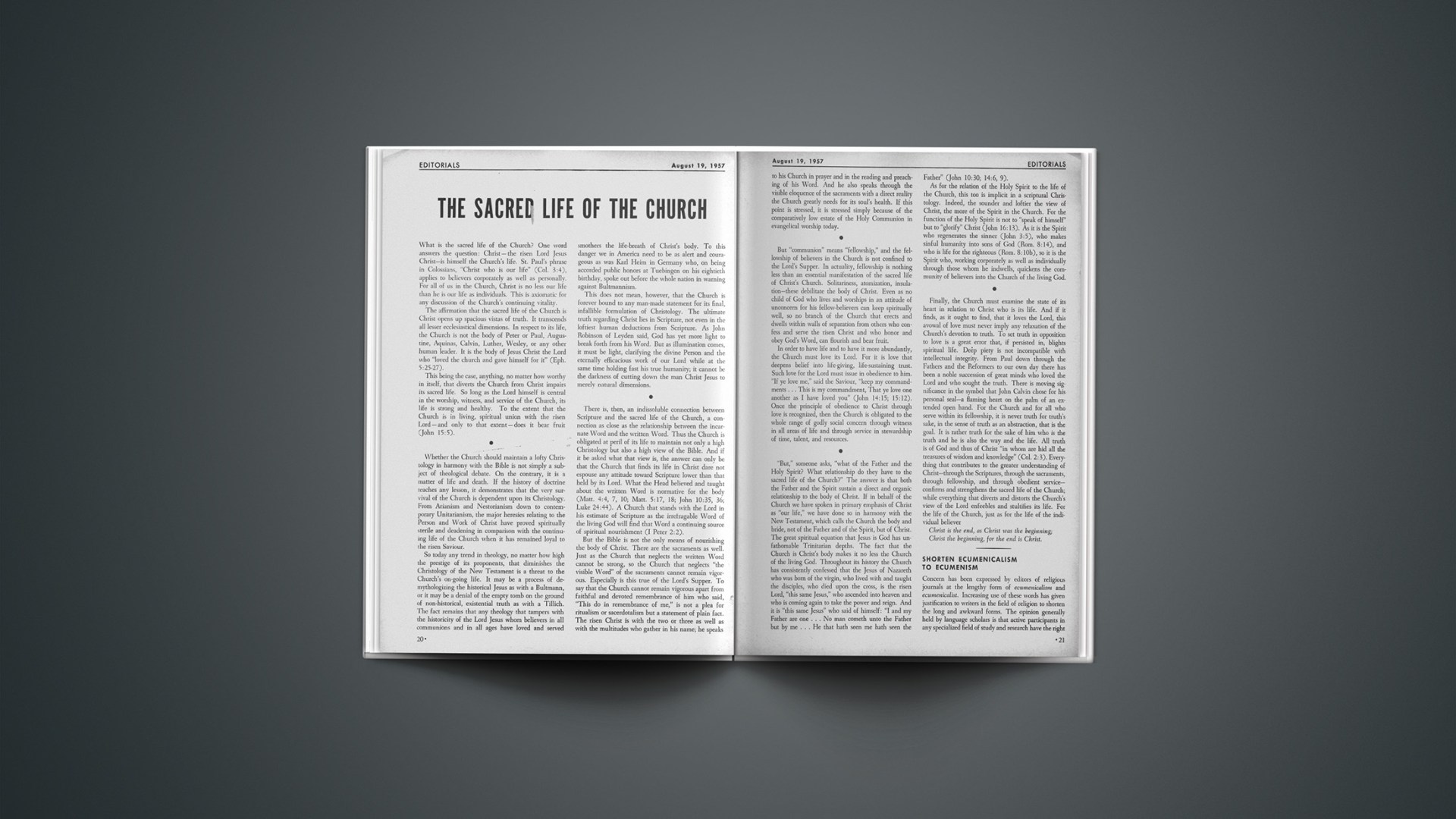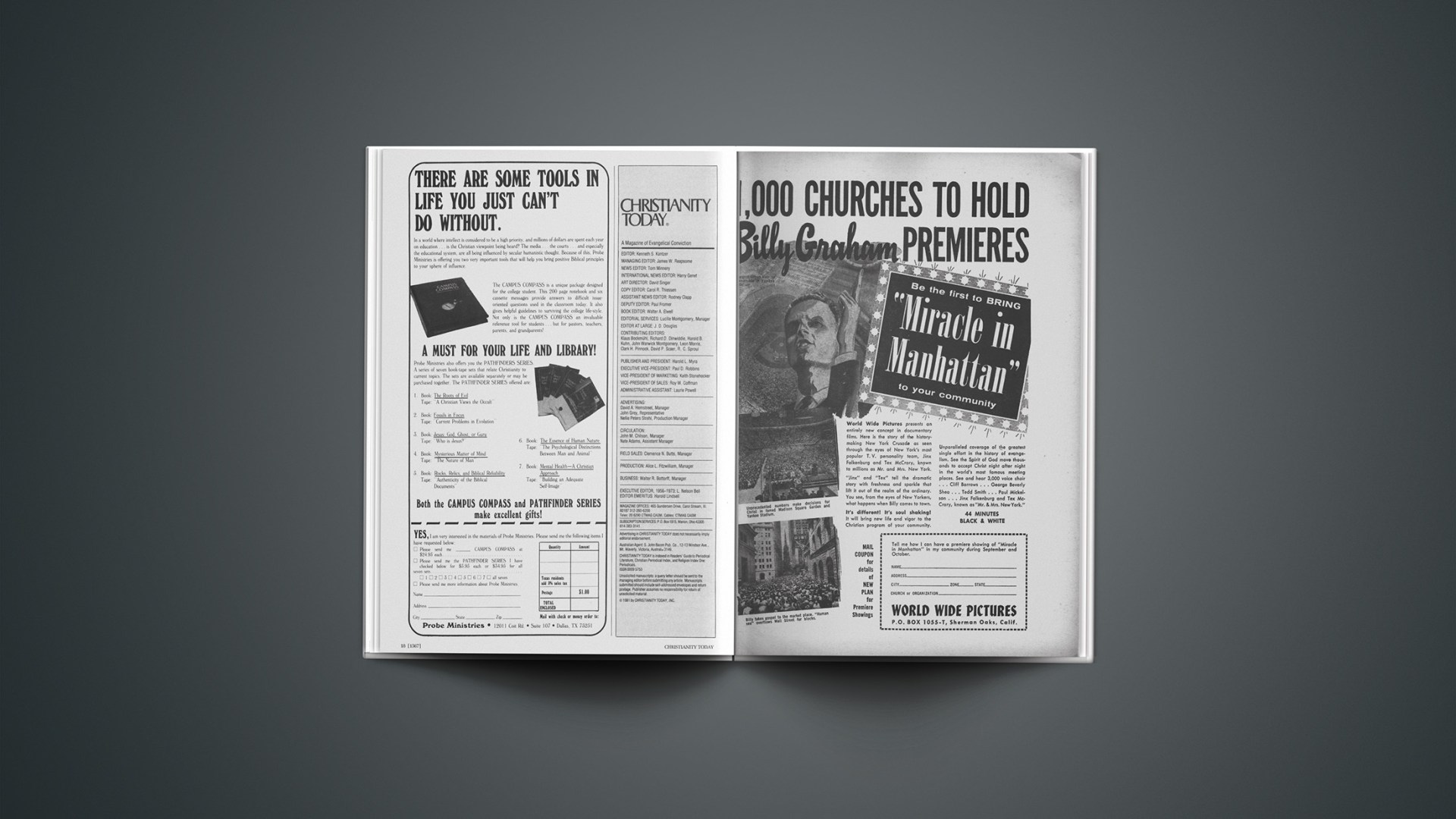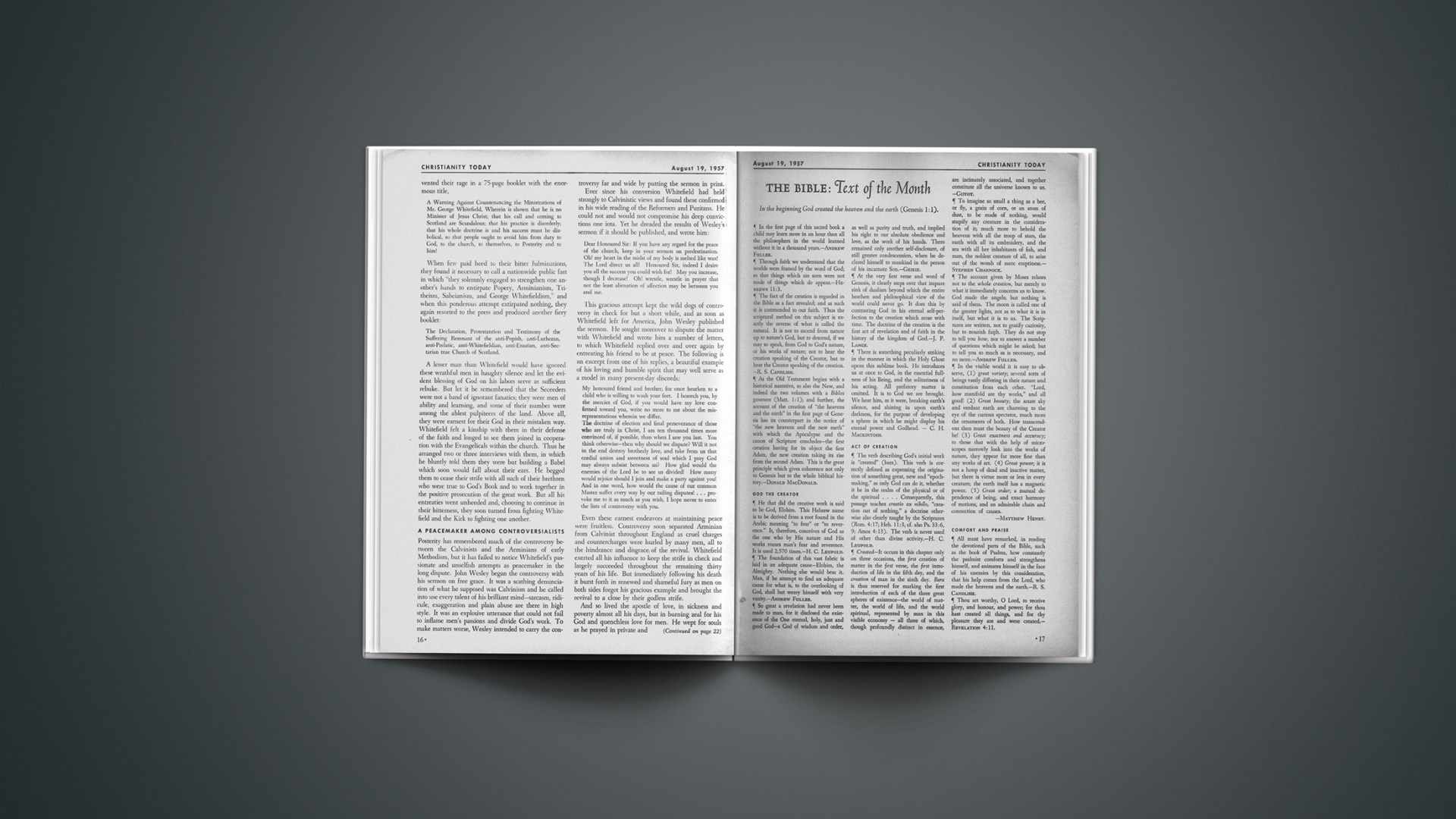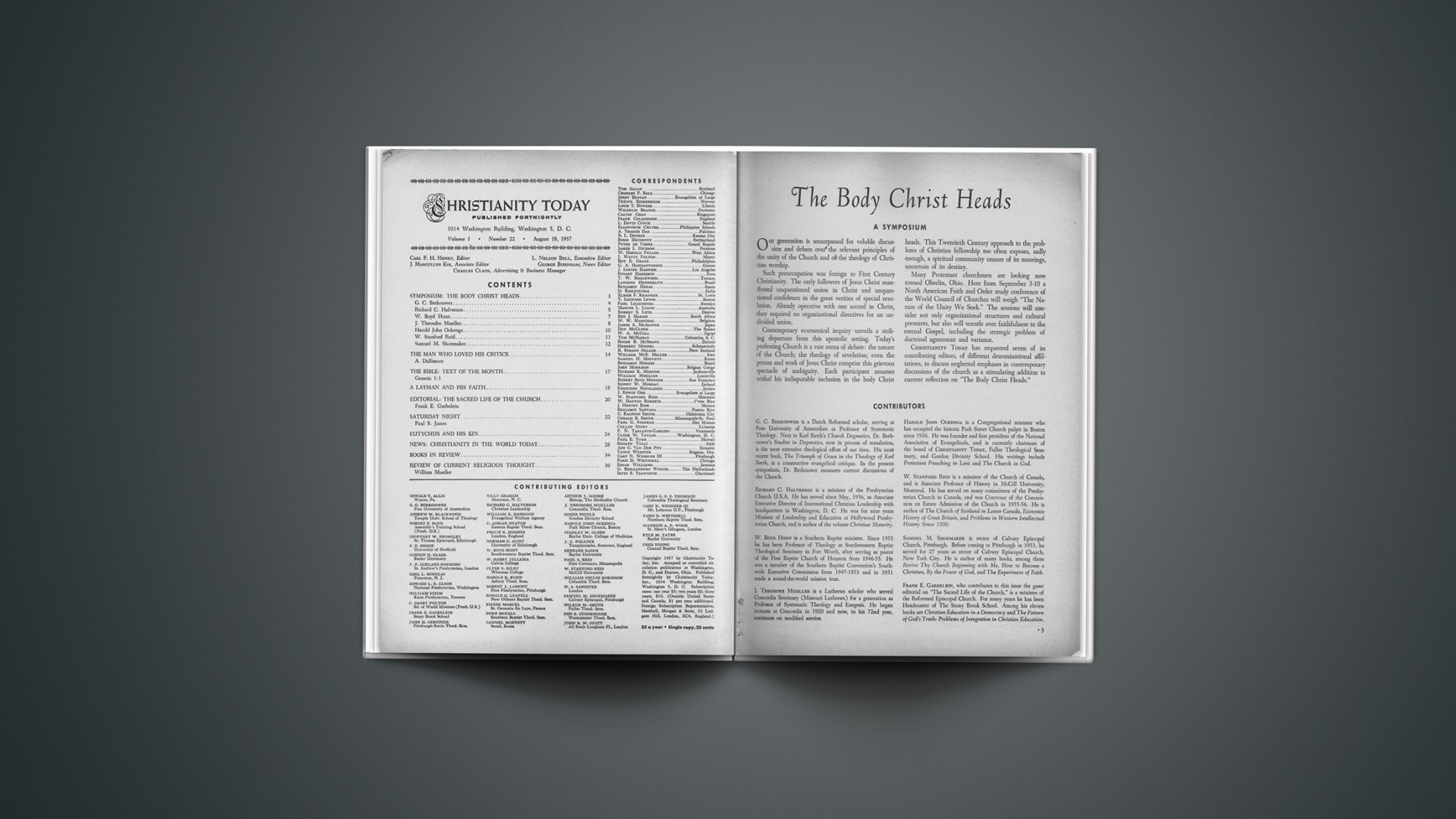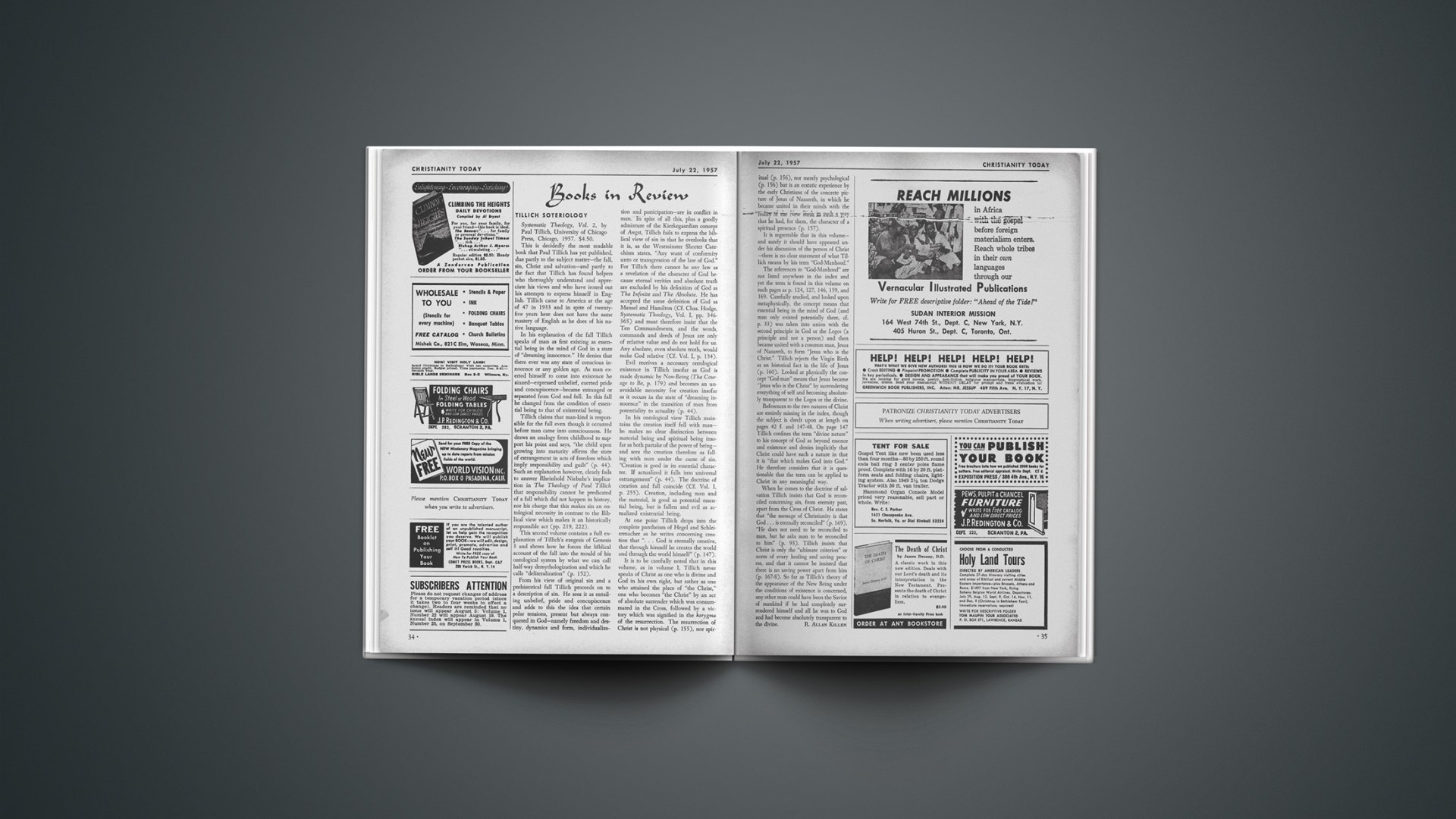If we learn something about the Chinese, we might learn something from them.
Ninety percent of all the Chinese who have emigrated to other lands come from two provinces. Nine-tenths of all the Chinese in America hail from one county in Kwangtung Province.
Two reasons: Economic conditions on the South China coast have caused these to seek their fortunes elsewhere. Also South Chinese are generally more adventurous, more willing to explore.
In these migratory Chinese, whether you find them in Chinatown of San Francisco, New York, Chicago or scattered through our states, there has been preserved an amazing law enforcement record.
No Delinquency
In the United States there has never been arrested a chronic delinquent child of Chinese parents.
That’s a pretty impressive statement when you realize that five percent of America’s juveniles will be in trouble with the law this year. Not one Chinese.
In the United States there has never been a Chinese convicted for rape, burglary, bank robbery or desertion.
In the half-century history of Chicago’s Chinatown (population 5,000) there has been only one arrest of a Chinese for breaking-and-entering.
Why?
How has this race managed so well to check-rein the impulses of its vigorous young people, even after they’ve been subject for generations to western influences?
Parental Respect
“They just naturally respect and obey their parents,” says Wilson Moy, “Mayor” of Chicago’s Chinatown.
“Mr. Harvey, every writer who gets involved in the subject of delinquency comes to see me, as you have done. Each one asks me the same question, ‘How do you do it?’ I always must say that I sincerely don’t know. Our Chinese youth just naturally respect and obey their parents.”
P. H. Chang, Chinese Consul-General in New York City, tries to explain. “Filial piety is a cardinal virtue my people have brought over from China that was once free.”
How strange, if such a simple and obvious “home remedy” as this helps explain the fact that not one of New York City’s estimated ten thousand Chinese-American teenagers has ever been brought into court for depredation, narcotics, speeding, burglary, vandalism, stick-up, purse-snatching, or mugging. Not even speeding!
Funny, these Chinese.
Paul Harvey was still in knickers and not yet 16 when he made his first radio announcements. After World War II, in which he served as Director of News and Information for the Office of War Information in Michigan and Indiana, his rise to radio fame was meteoric. One station alone received 10,000 requests for his obituary of President Roosevelt, which started, “A great tree has fallen.…” Monday through Friday he is heard over the American Broadcasting Company at 12 noon, CST.

